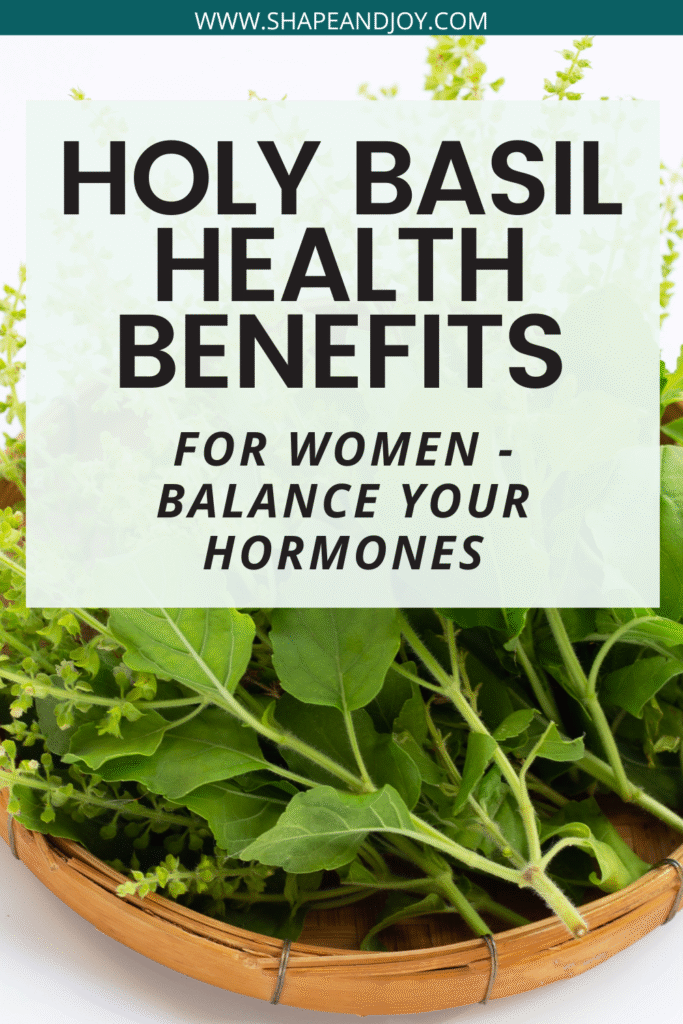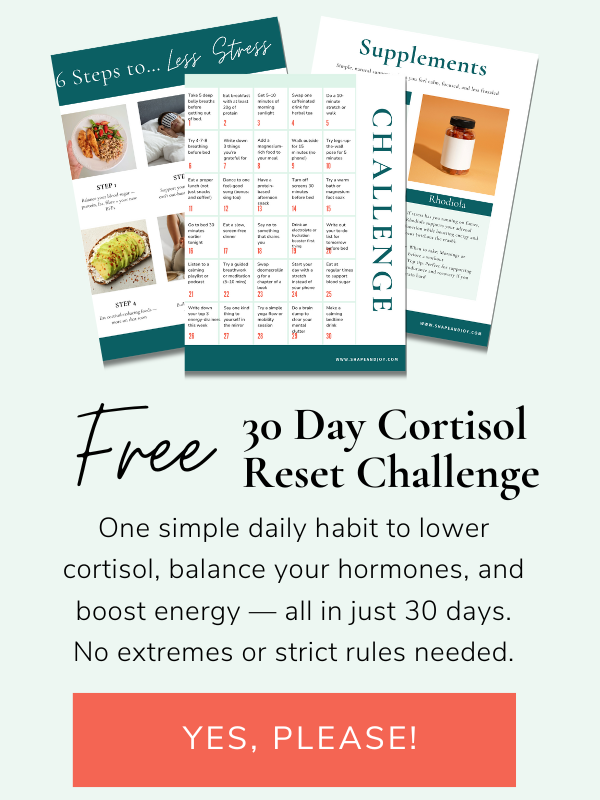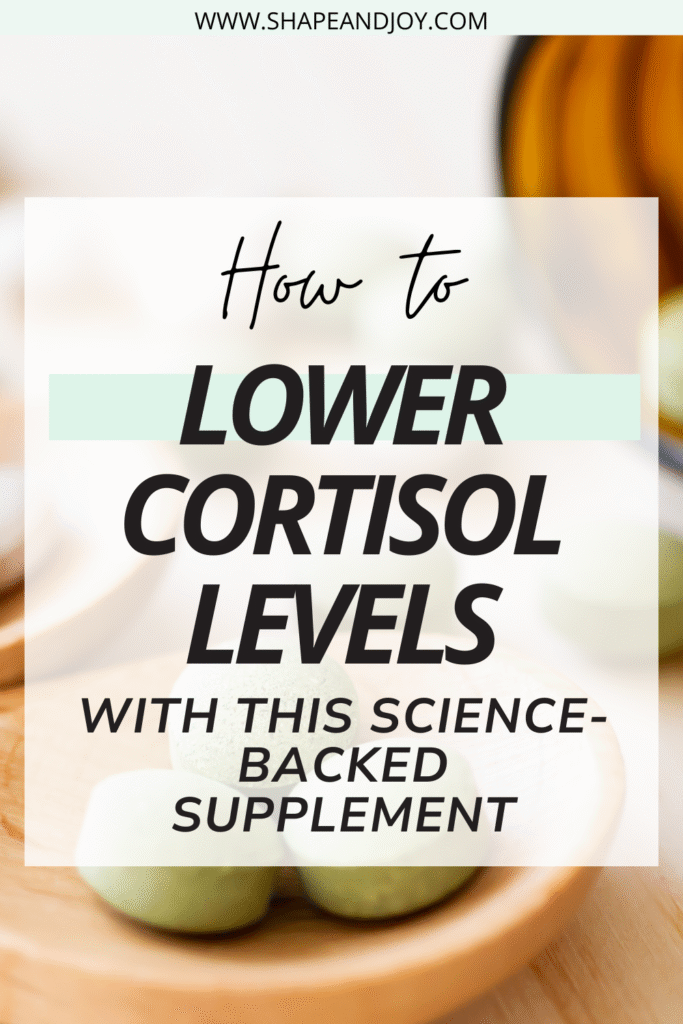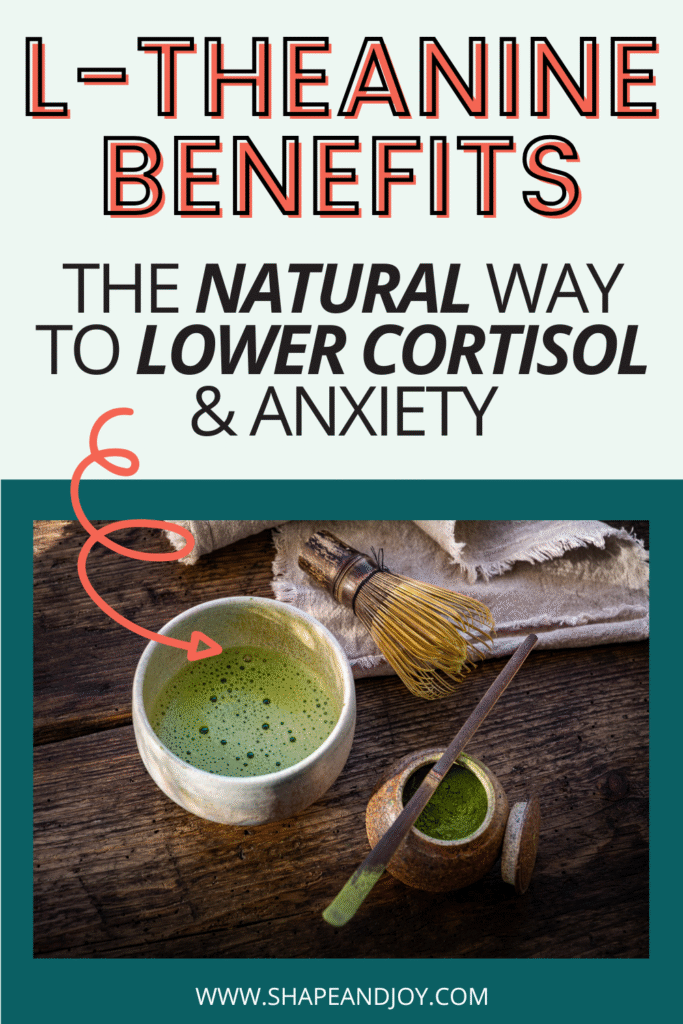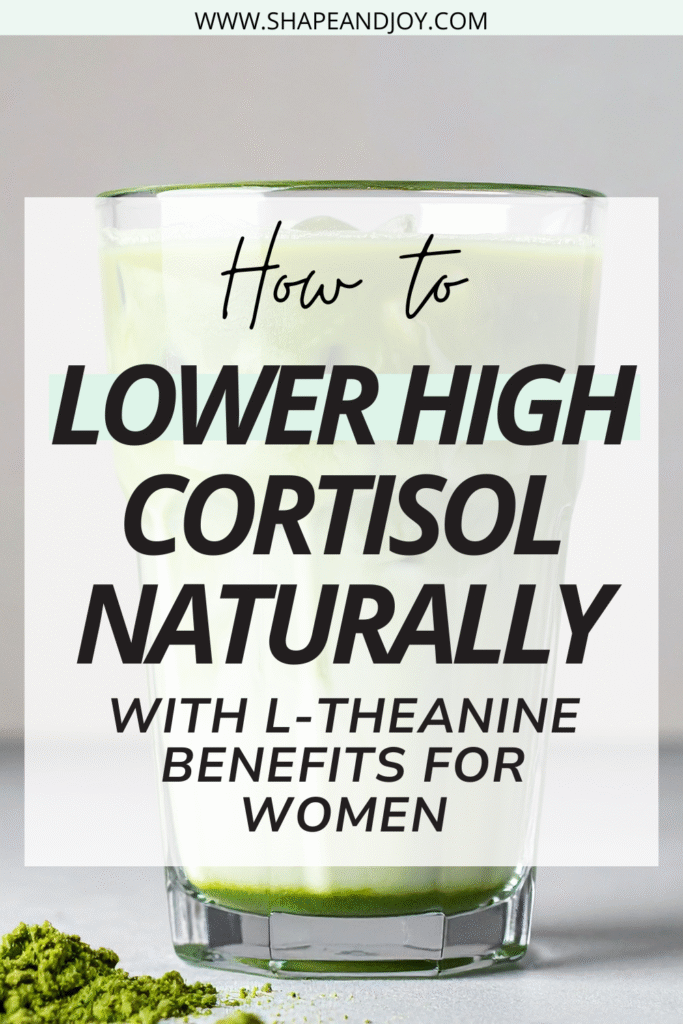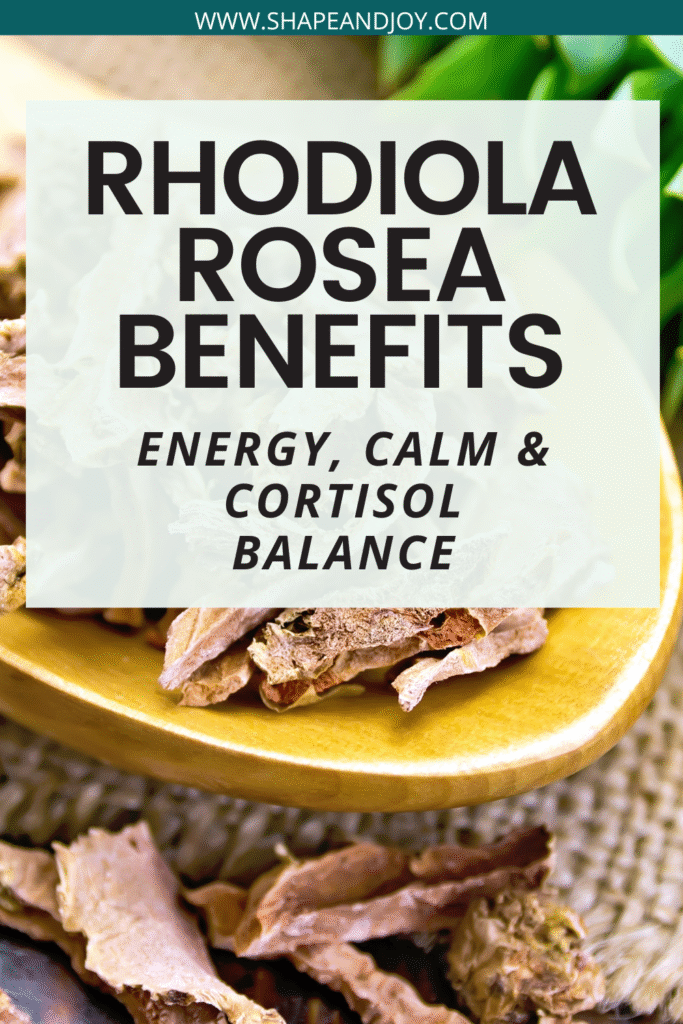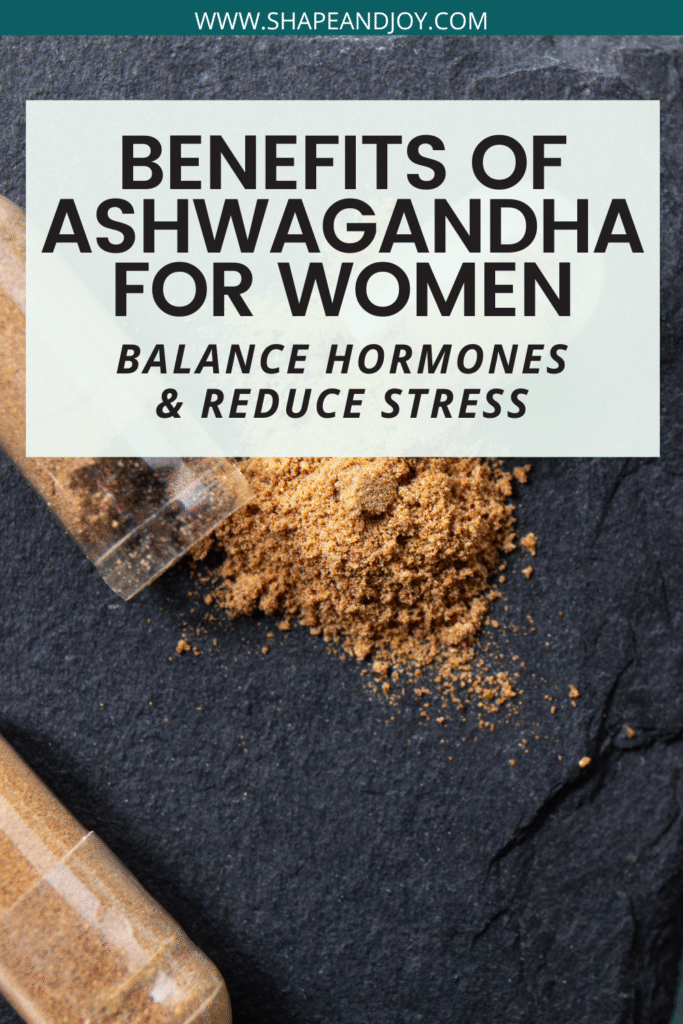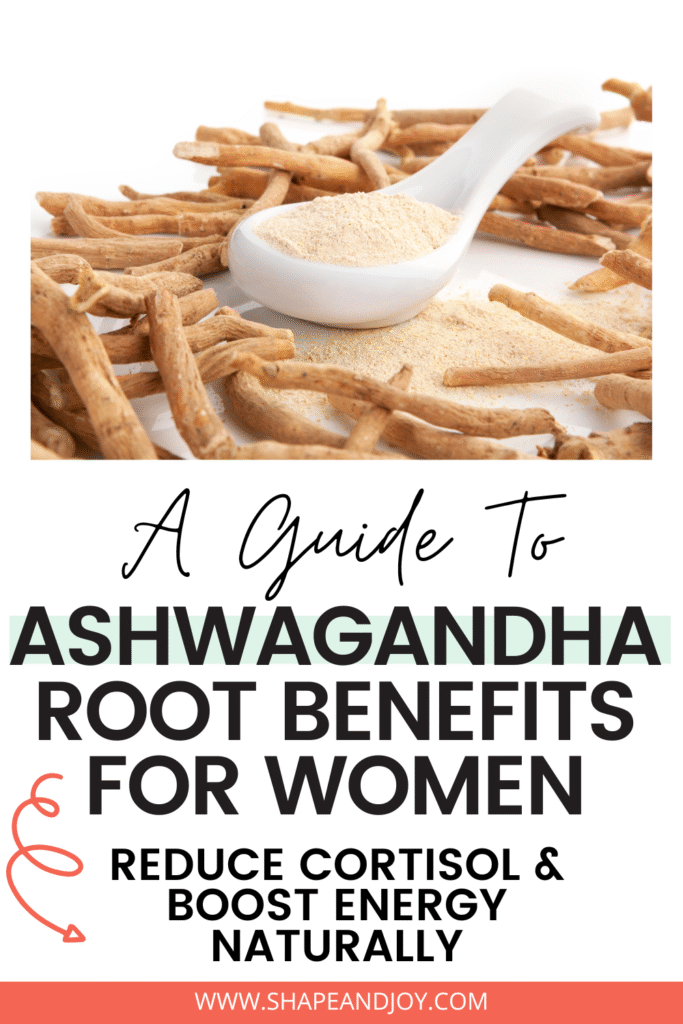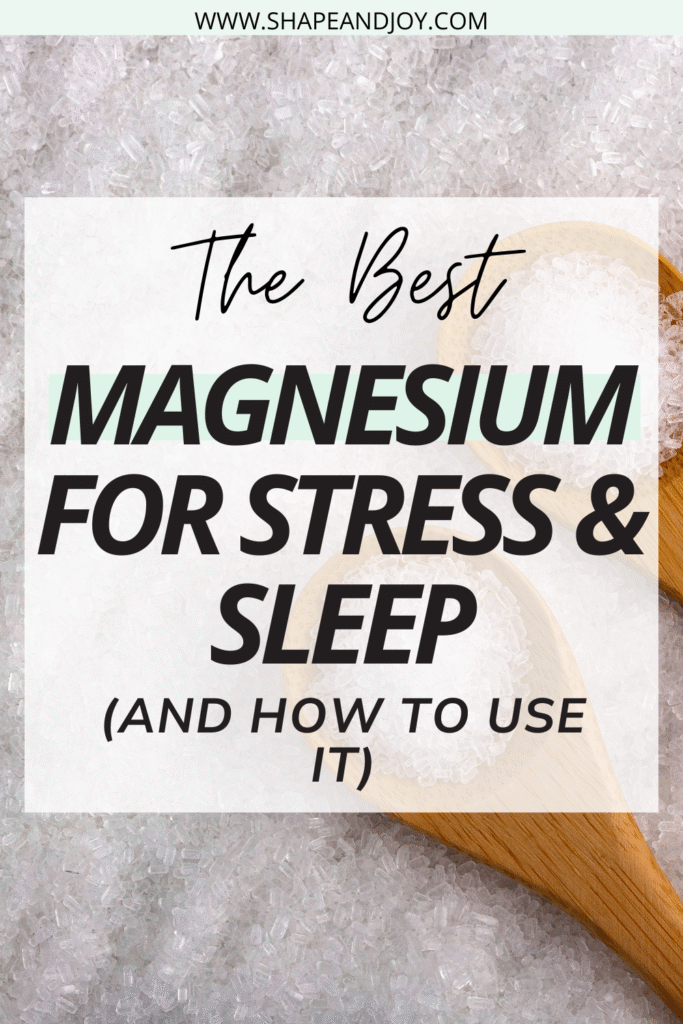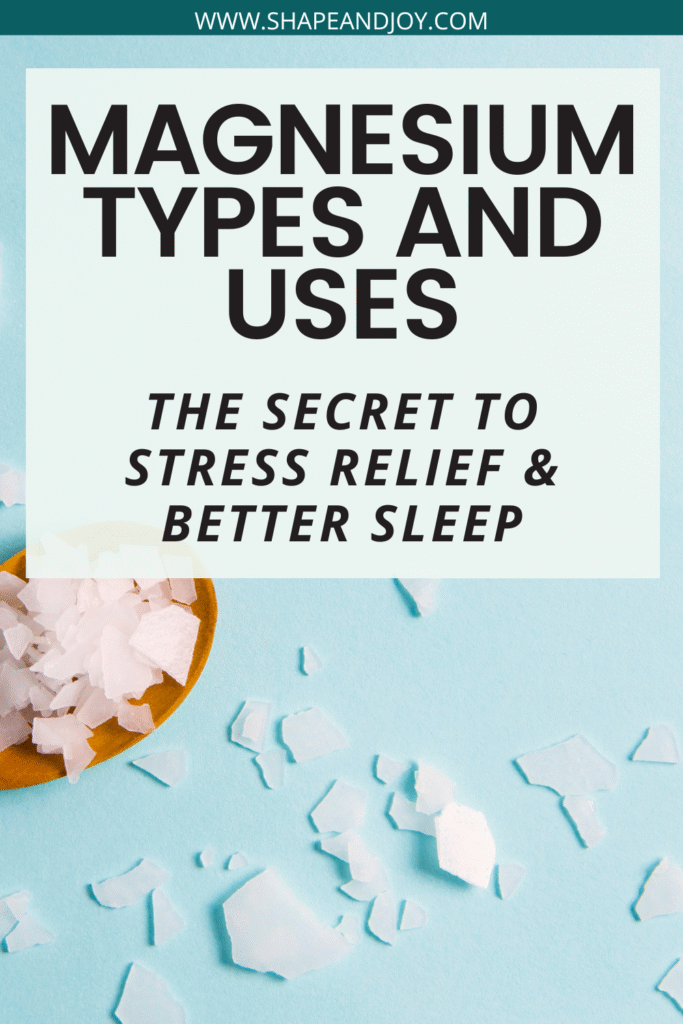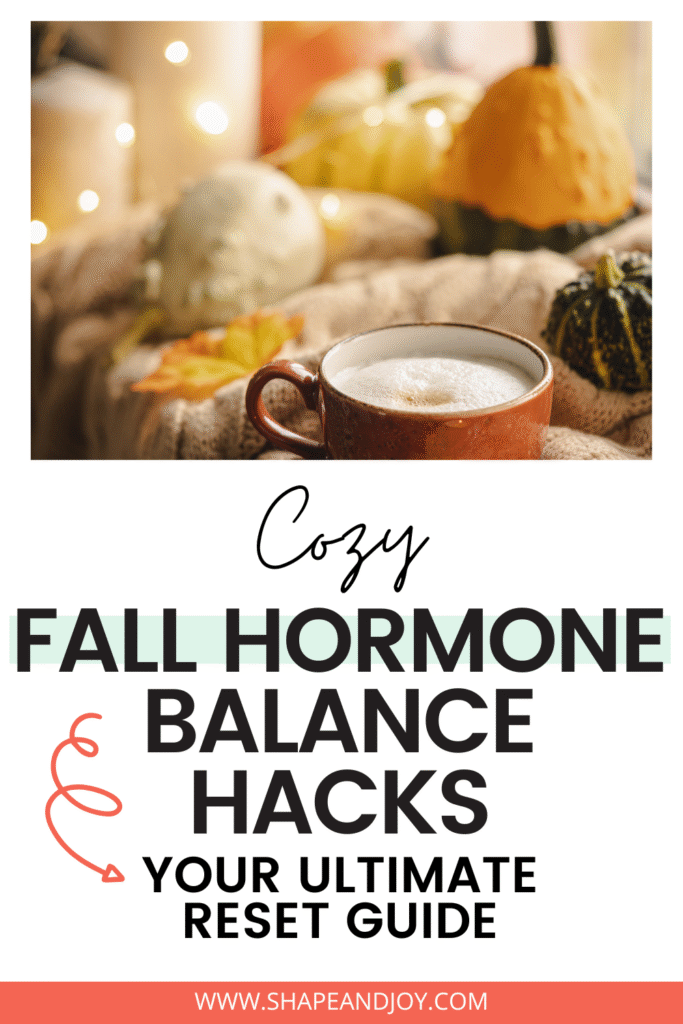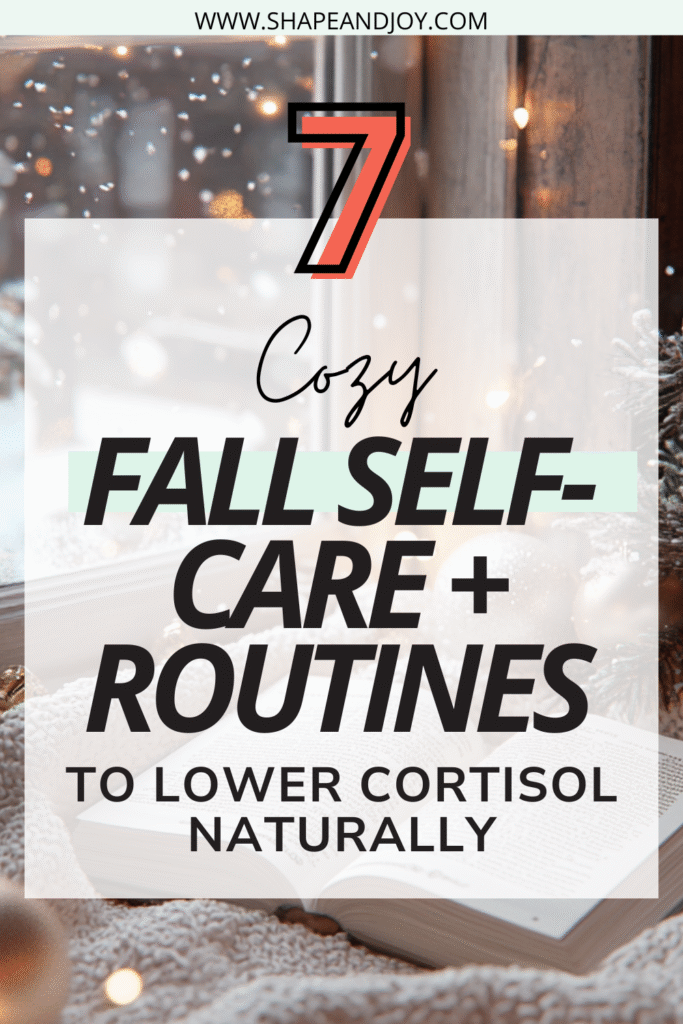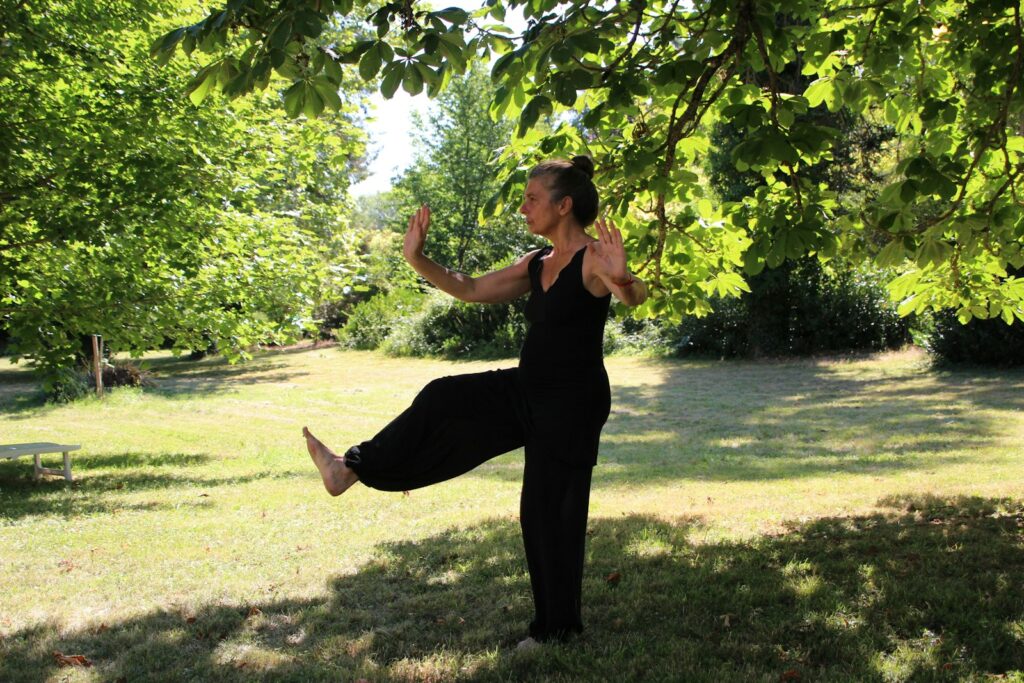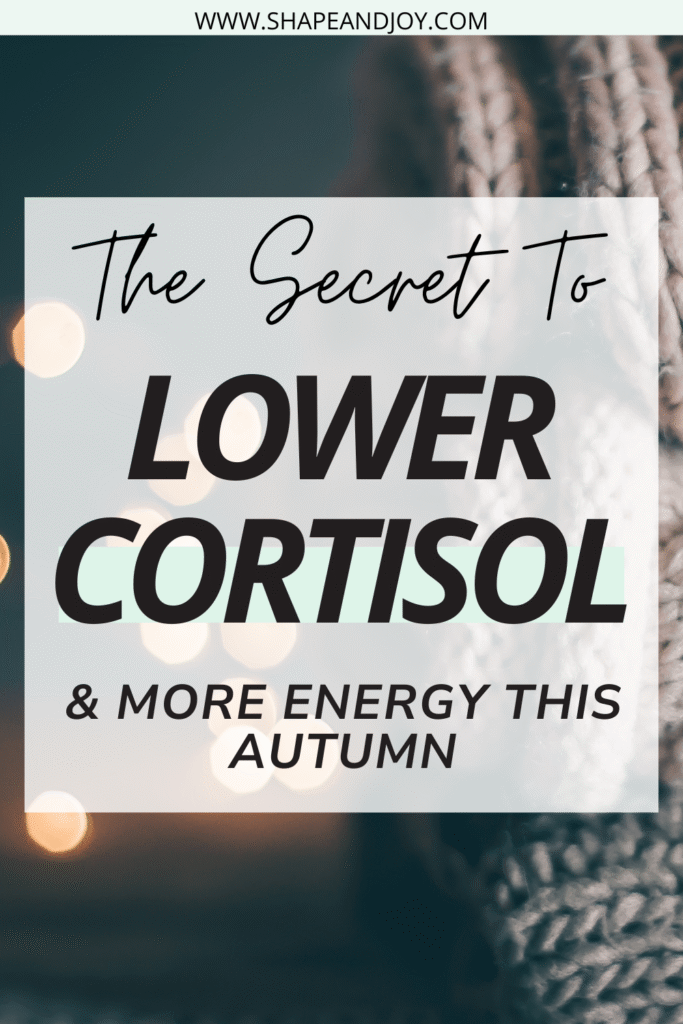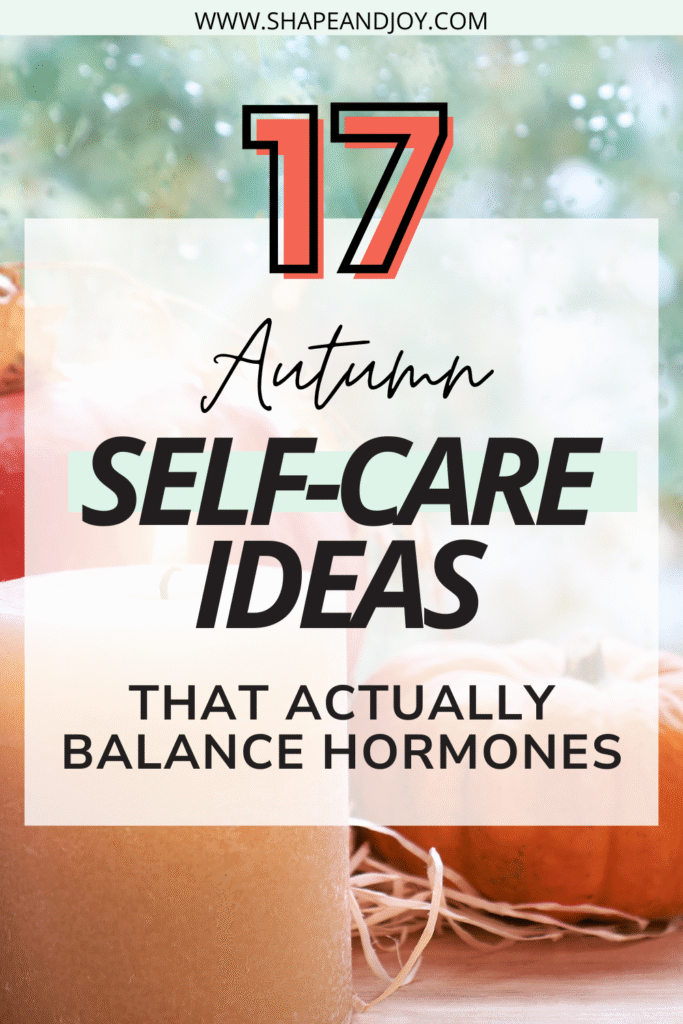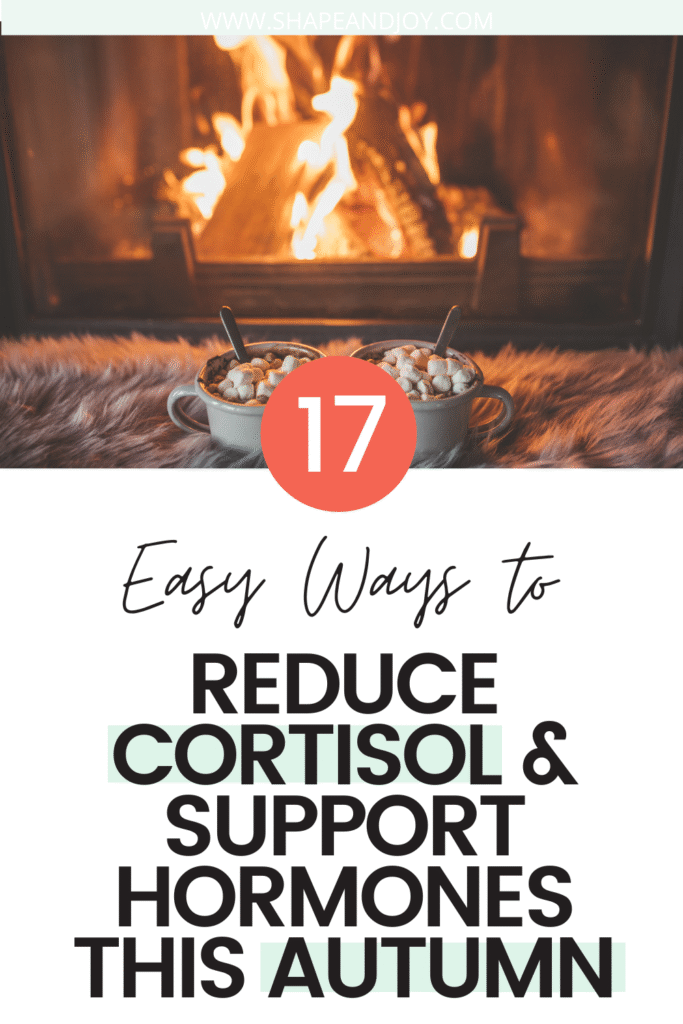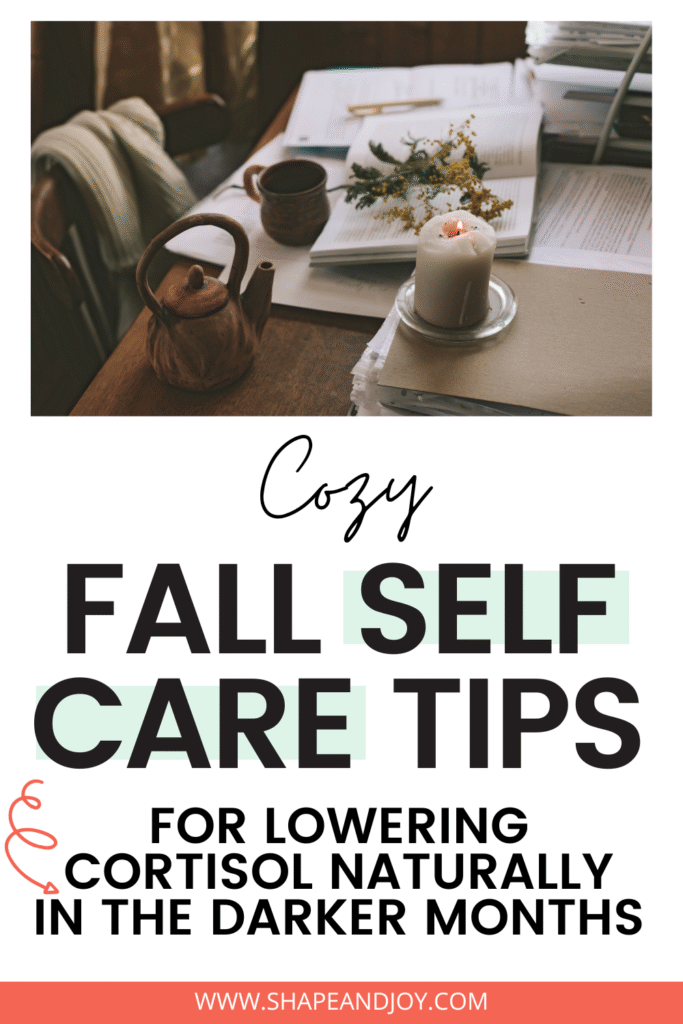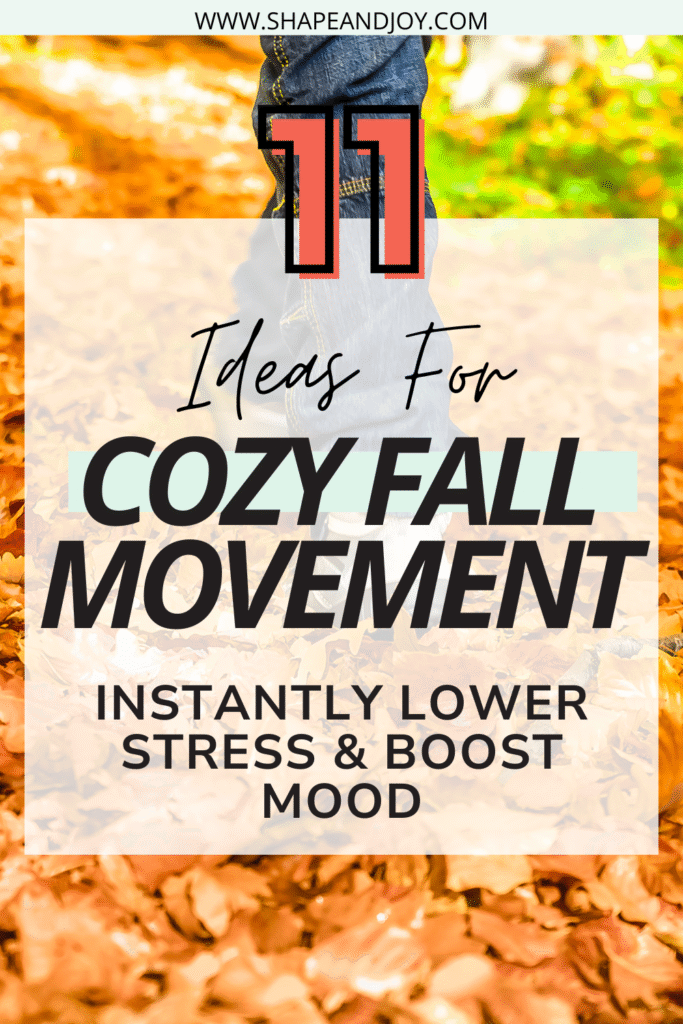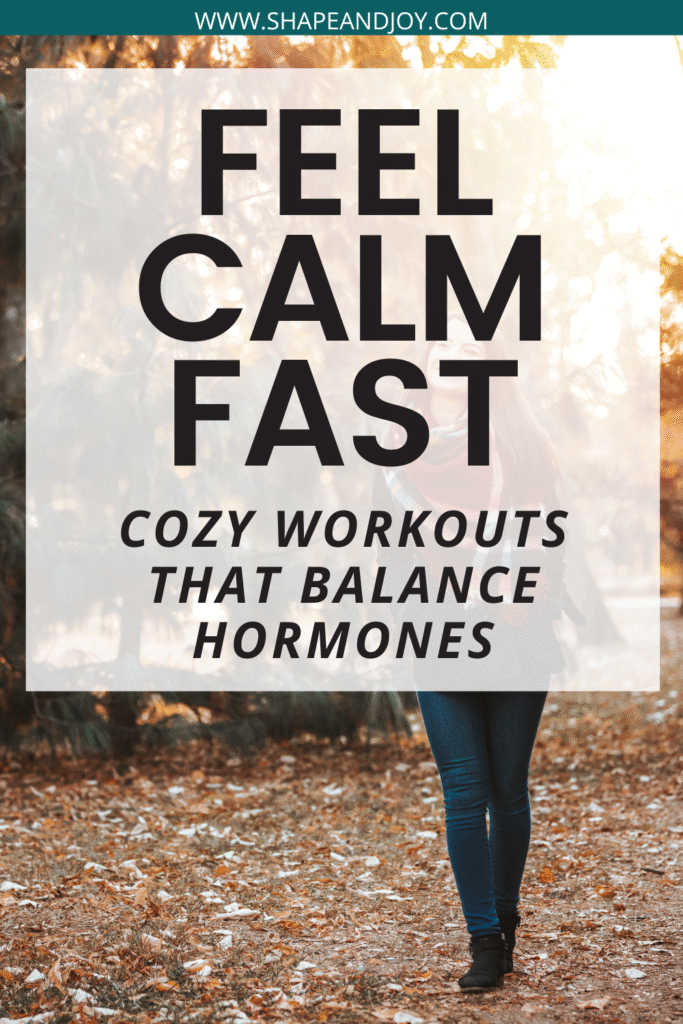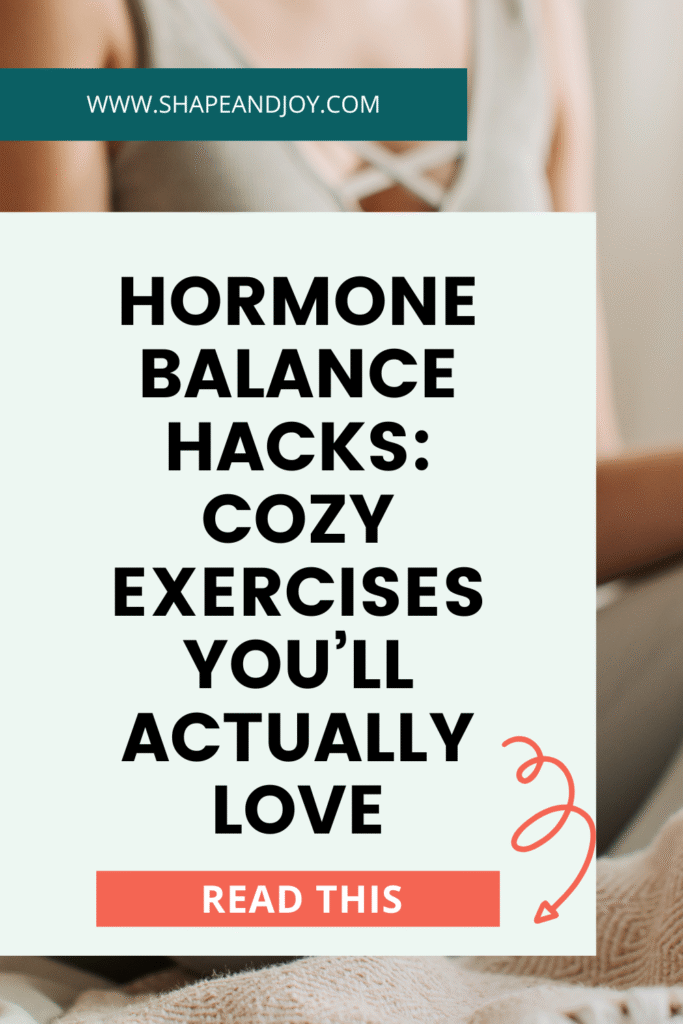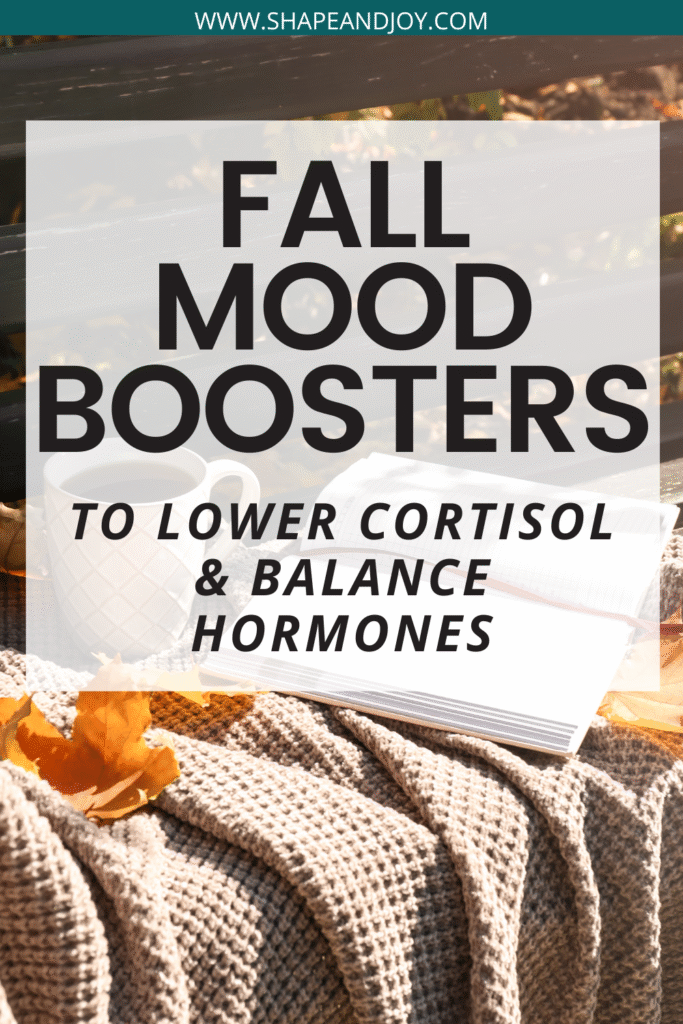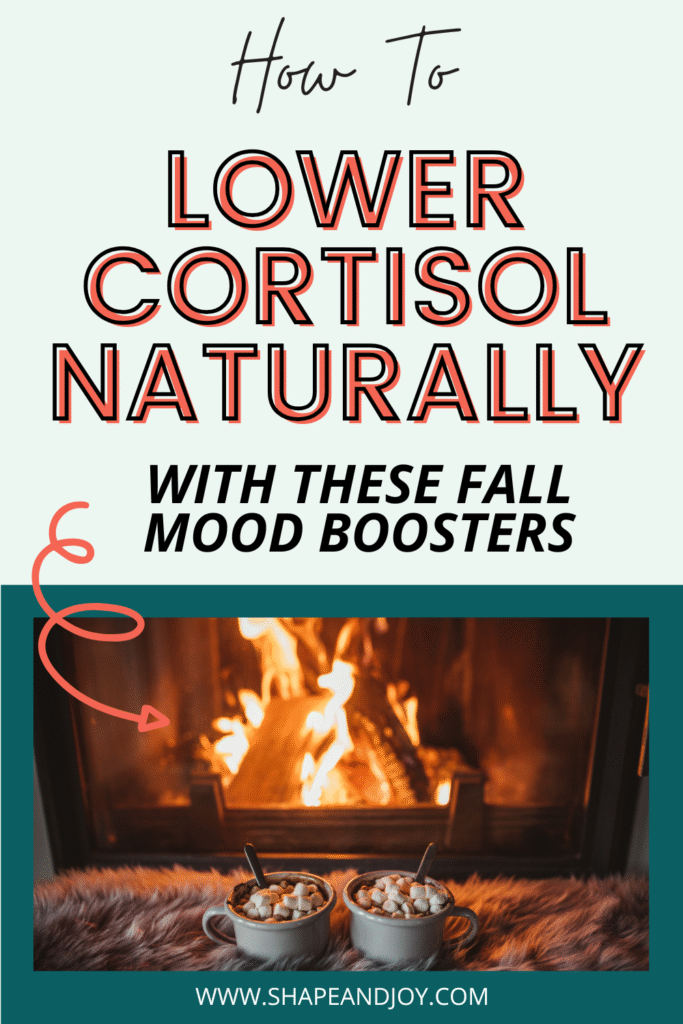Holy Basil Health Benefits: How Tulsi Balances Cortisol & Boosts Your Mood
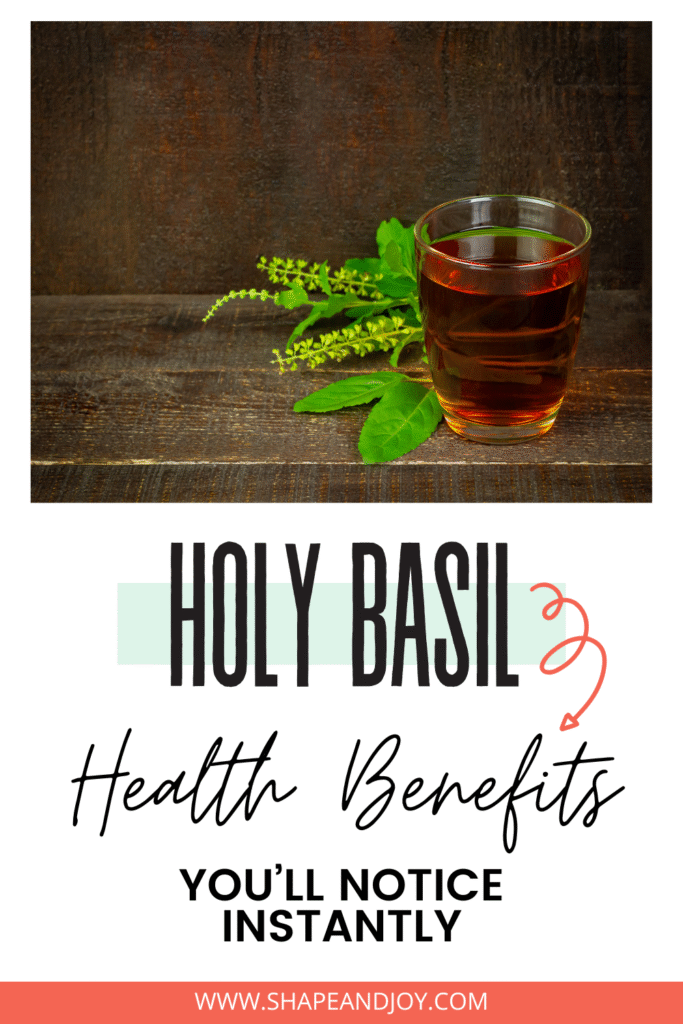
Did you know that up to 80% of adults live with high cortisol levels without realising it? No wonder so many of us are walking around wired, tired, and one step away from a meltdown.
You’ve probably tried the usual self-care tricks, bubble baths, meditation apps, maybe even somatic exercises to reduce cortisol, but when stress digs its claws in, you need something stronger.
That’s where Holy Basil health benefits come into play. Also called Tulsi, this herb has been cherished in Ayurveda for centuries as the “queen of herbs.”
Modern science now backs what ancient wisdom knew all along: Tulsi can balance cortisol levels, ease anxious moods, and give your body the reset it’s crying out for.
In this post, we’ll break down how Holy Basil works, the best ways to use it, and how it compares with other natural remedies for high cortisol like Ashwagandha and L-Theanine.
By the end, you’ll know exactly how to reduce cortisol levels naturally and feel more like yourself again.
Ready? Let’s dive in.
1. What Is Holy Basil (Tulsi) and Why Is It So Special?
Tulsi isn’t just your average kitchen basil. it’s an adaptogen, which means it helps your body adapt to stress and regulate cortisol levels.
In Ayurveda, Tulsi was seen as sacred, used in rituals, remedies, and daily tonics.
Modern research now calls Tulsi one of the most promising herbs for cortisol reduction.
Why? Because it helps buffer the body against stress, making it easier to recover from those “fight-or-flight” surges that leave you frazzled.
2. How Holy Basil Helps Lower Cortisol & Calm Stress
High cortisol feels like poison, some people may even call it cortisol poisoning. Symptoms like anxiety, brain fog, hormonal weight gain, and the dreaded cortisol stomach can show up fast when stress isn’t managed.
The Holy Basil health benefits kick in here. Thanks to active compounds like eugenol and rosmarinic acid, Tulsi supports cortisol detox by helping you regulate cortisol levels, lowering the peaks and keeping you from burning out.
Research suggests it can also improve mood, ease anxious thoughts, and promote mental clarity.
If you’ve been Googling “how to lower high cortisol,” Tulsi is a natural remedy worth considering.
And paired with hormone balancing supplements such as Ashwagandha, it can create a powerful adaptogen synergy (read next: Ashwagandha and Cortisol: The Adaptogen That Balances Hormones & Reduces Stress).
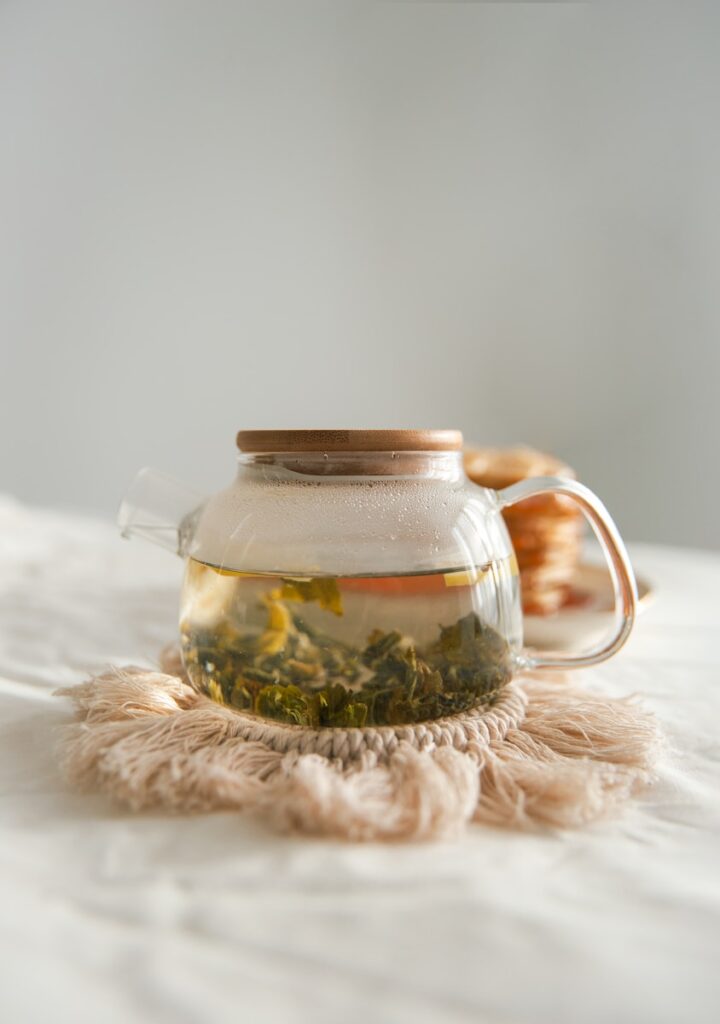
3. Benefits Beyond Stress: Mood, Energy & Immunity
Tulsi doesn’t just stop at cortisol reduction. Studies suggest it can:
- Improve resilience under pressure
- Reduce anxiety and lift mood
- Support immune function
- Boost daily energy without jitters
This means Tulsi works as part of a hormone balancing diet and lifestyle, not just as a quick cortisol supplement.
For women dealing with hormone imbalance or perimenopause, Tulsi tea has even been linked to reducing hot flashes, much like some hot flashes essential oils.
If you’re struggling with brain fog, tiredness, or even magnesium deficiency that worsens stress, Tulsi might help your body bounce back faster.
📌 Pin this for later! ⬇
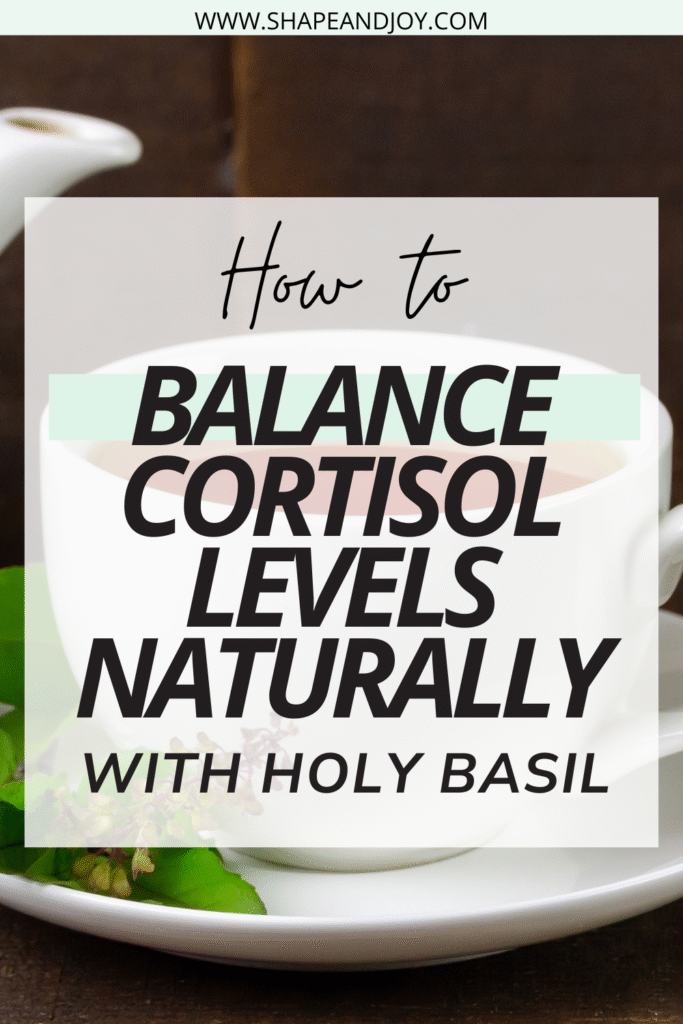
4. Best Ways to Use Holy Basil (Tulsi)
Want to know what to take to lower cortisol naturally? Here are your Tulsi options:
- Tulsi Tea – A soothing daily ritual. Combine with L-Theanine-rich green tea for double calm (read next: L-Theanine: The Calming Amino Acid That Helps Lower Cortisol & Anxiety).
- Capsules & Extracts – Great for those who want reliable, higher doses of herbs for cortisol.
- Fresh Tulsi in Cooking – Traditional, but less common outside India.
Pro tip: Have Tulsi tea in the morning or mid-afternoon slump to lower your cortisol levels naturally and avoid that wired-but-exhausted crash.
5. Tulsi Tea + Other Calming Companions
The beauty of adaptogens is they’re team players. Tulsi isn’t the only option when it comes to reducing cortisol levels:
- Pair with Ashwagandha for hormone and stress balance (especially if hormonal weight gain or hormone levels are an issue).
- Add L-Theanine for extra calm if you feel jittery or anxious.
- Explore a full routine in The Best Cortisol Lowering Supplements – a list that also covers good vitamins for women, fish oil vitamins, and other healthy supplements proven to help regulate cortisol levels.
Together, these remedies can form a mini cortisol diet, helping you reduce cortisol naturally and regulate hormone levels long term.
6. Who Should Avoid Tulsi? Safety & Side Notes
Tulsi is generally safe, but not for everyone. Avoid if:
- You’re pregnant or breastfeeding.
- You’re on blood thinners or certain medications.
- You have thyroid issues (speak with your GP first).
As with all supplements for women, it’s best to check whether Tulsi fits your unique hormone levels and health needs.
Psst… Feeling Wired, Tired, or Just Not Right?
If you’re ticking off your goals but still feel foggy, frazzled, or like your body’s low-key working against you, it might not be your fault. High cortisol could be running the show behind the scenes.
Enter: Calm & In Control – your no-fluff guide to calming cortisol and getting your glow back.
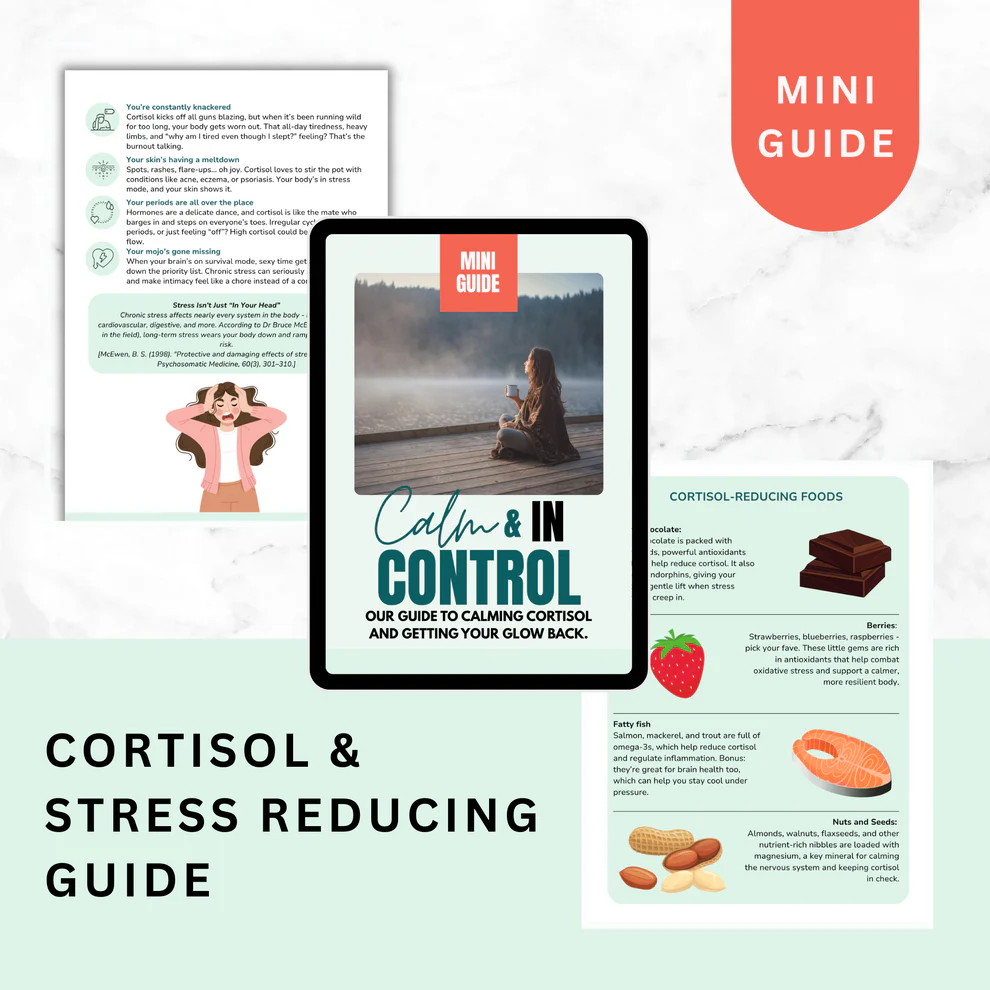
This mini guide is for you if you’re constantly running on empty, waking up exhausted, or wondering why your mood, sleep, digestion (and sanity) are all over the place, even though you’re trying to do “all the right things.”
Inside, you’ll get real talk on stress hormones, the signs of imbalance, and simple strategies that actually work – no crash diets, toxic hustle, or woo-woo fluff.
It’s basically the stress-support starter pack I wish every woman had.
- Learn what your body’s really trying to tell you
- Fuel it in a way that feels safe and supportive
- Build chill-out routines that actually calm your system
- Spot the red flags before burnout hits full swing
No guilt. No perfection. Just clear, doable steps to help you feel calm, clear, and back in control again.
Because glowing up isn’t just about skincare and smoothies, it’s about feeling safe in your own body.
Read These Next
- Ashwagandha and Cortisol: The Adaptogen That Balances Hormones & Reduces Stress
- L-Theanine: The Calming Amino Acid That Helps Lower Cortisol & Anxiety
- The Best Cortisol Lowering Supplements
Conclusion
Holy Basil (Tulsi) is more than a wellness trend—it’s a proven adaptogen that can balance cortisol, improve mood, and support your body under stress. Whether you sip it as tea or take it as a supplement, Tulsi is a simple daily ritual with powerful results.
When life gets stressful, sometimes the best answer is already growing in nature.
Next Steps
“Start where you are. Use what you have. Do what you can.”
- Grab your free Cortisol 30-Day Cleanse Challenge printable – a simple plan with daily tips, foods to lower cortisol levels, and hormone-balancing habits. It’s the perfect way to kickstart your stress reset.
- Read This Next: Ashwagandha and Cortisol: The Adaptogen That Balances Hormones & Reduces Stress
- Or dive into the Cortisol Lowering Series for more natural remedies, cortisol vitamins, and practical ways to help cortisol levels.
📌 Pin this for later! ⬇
